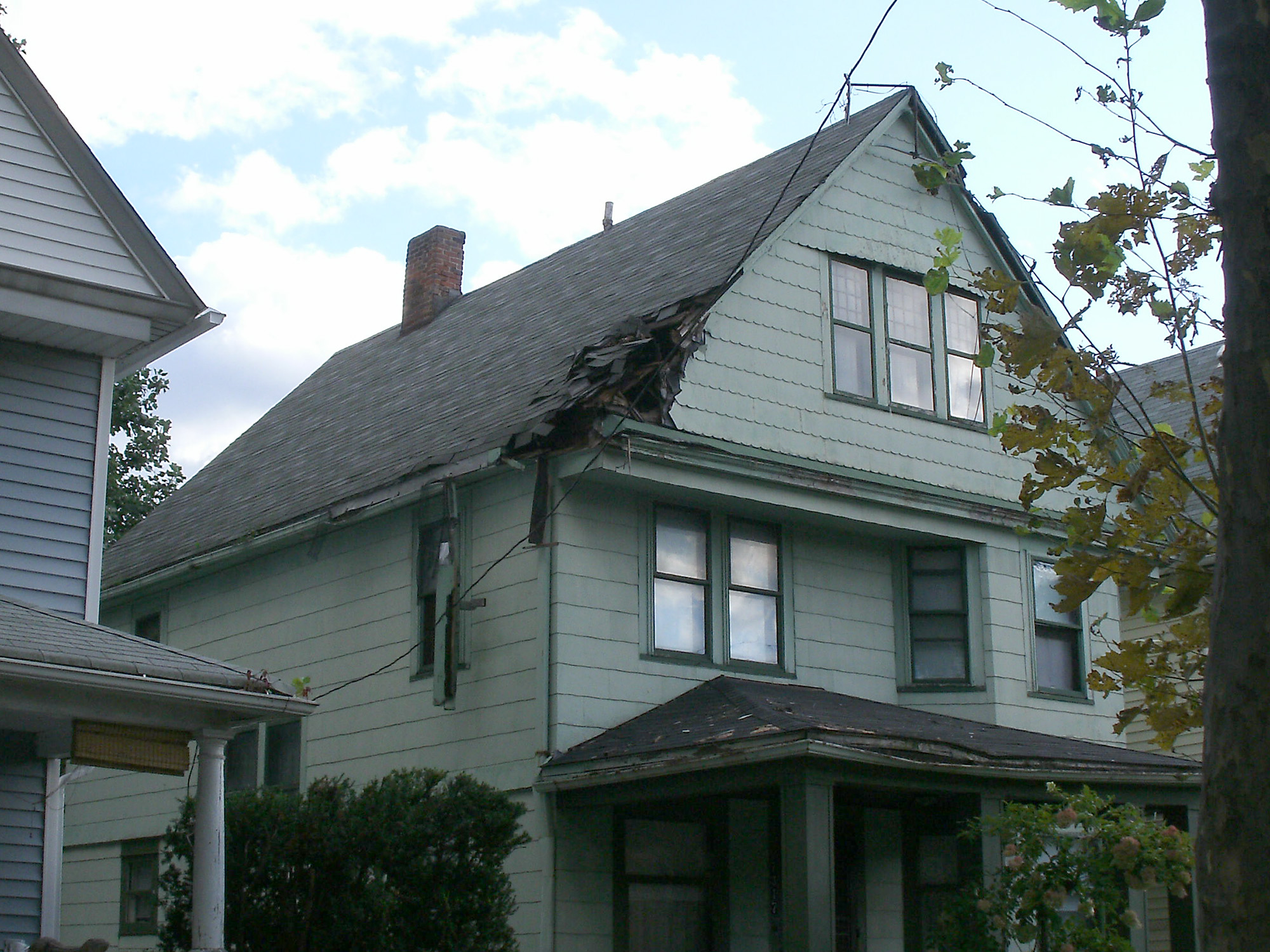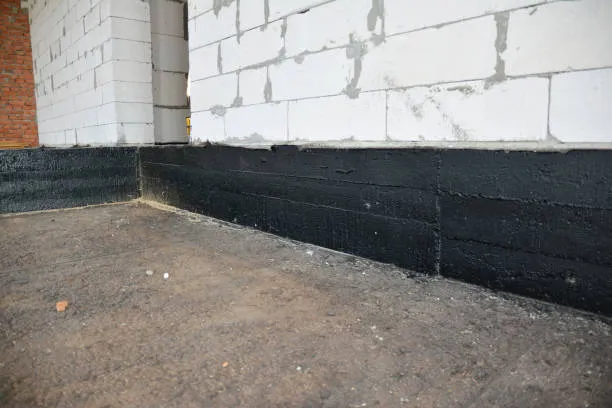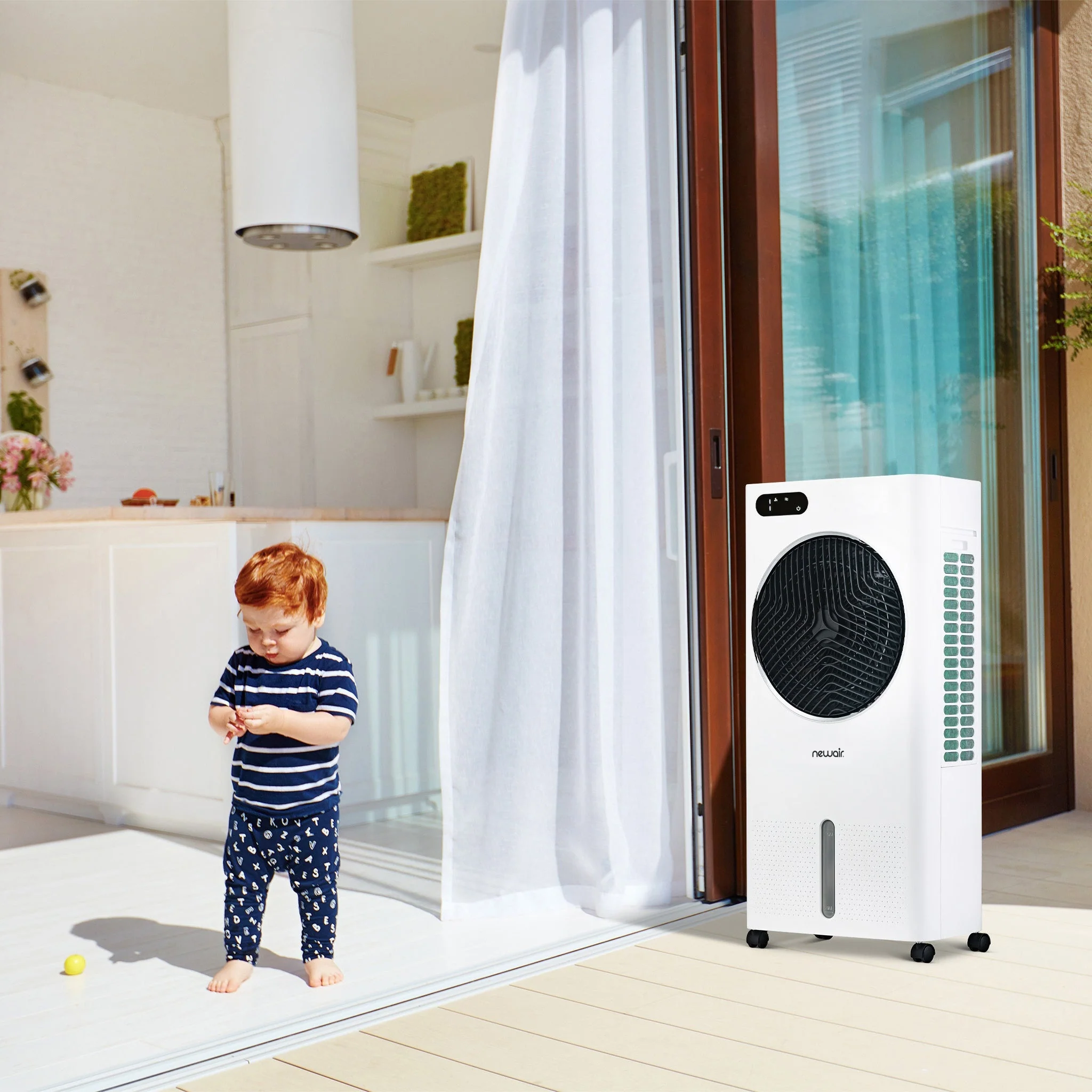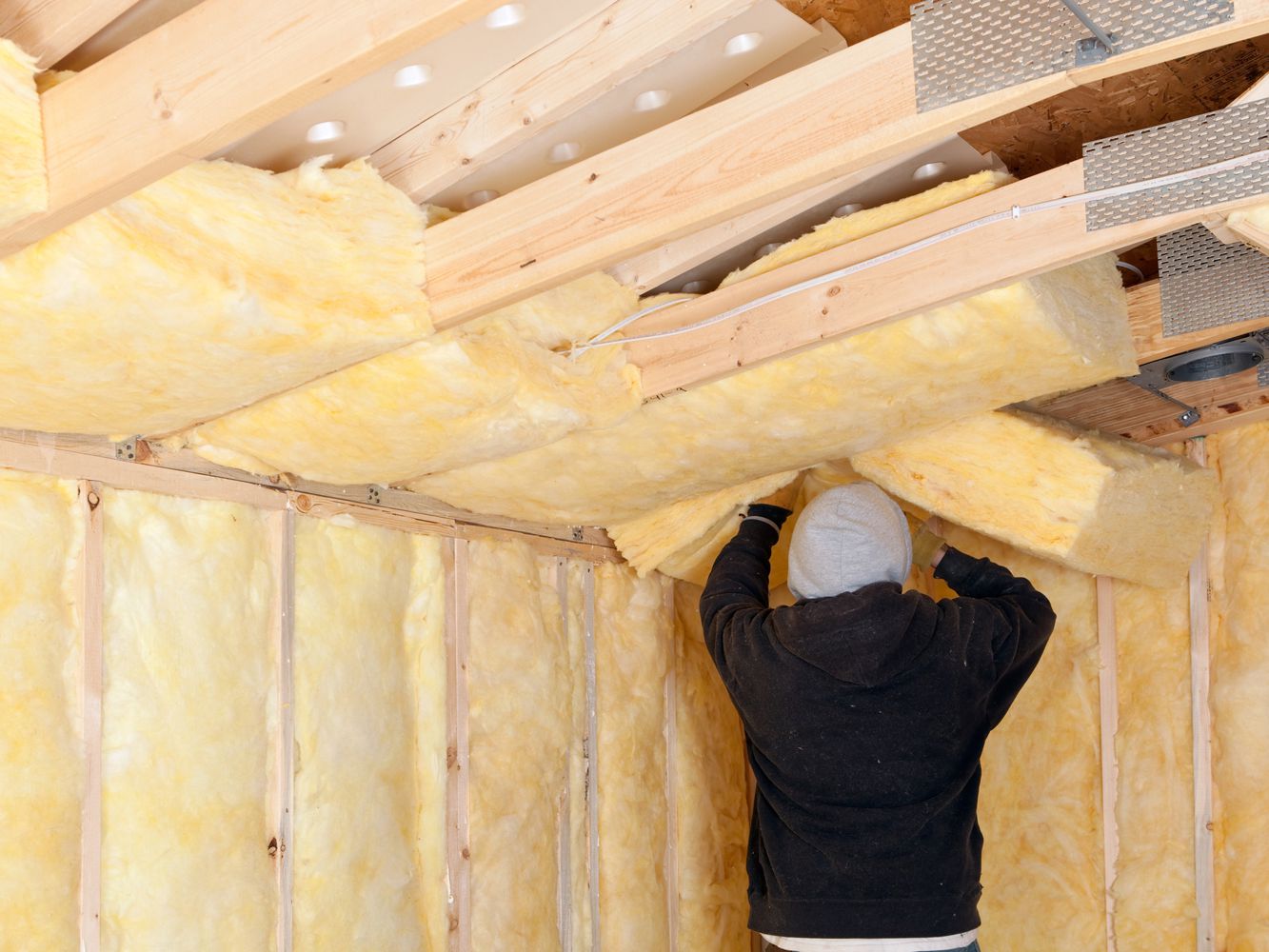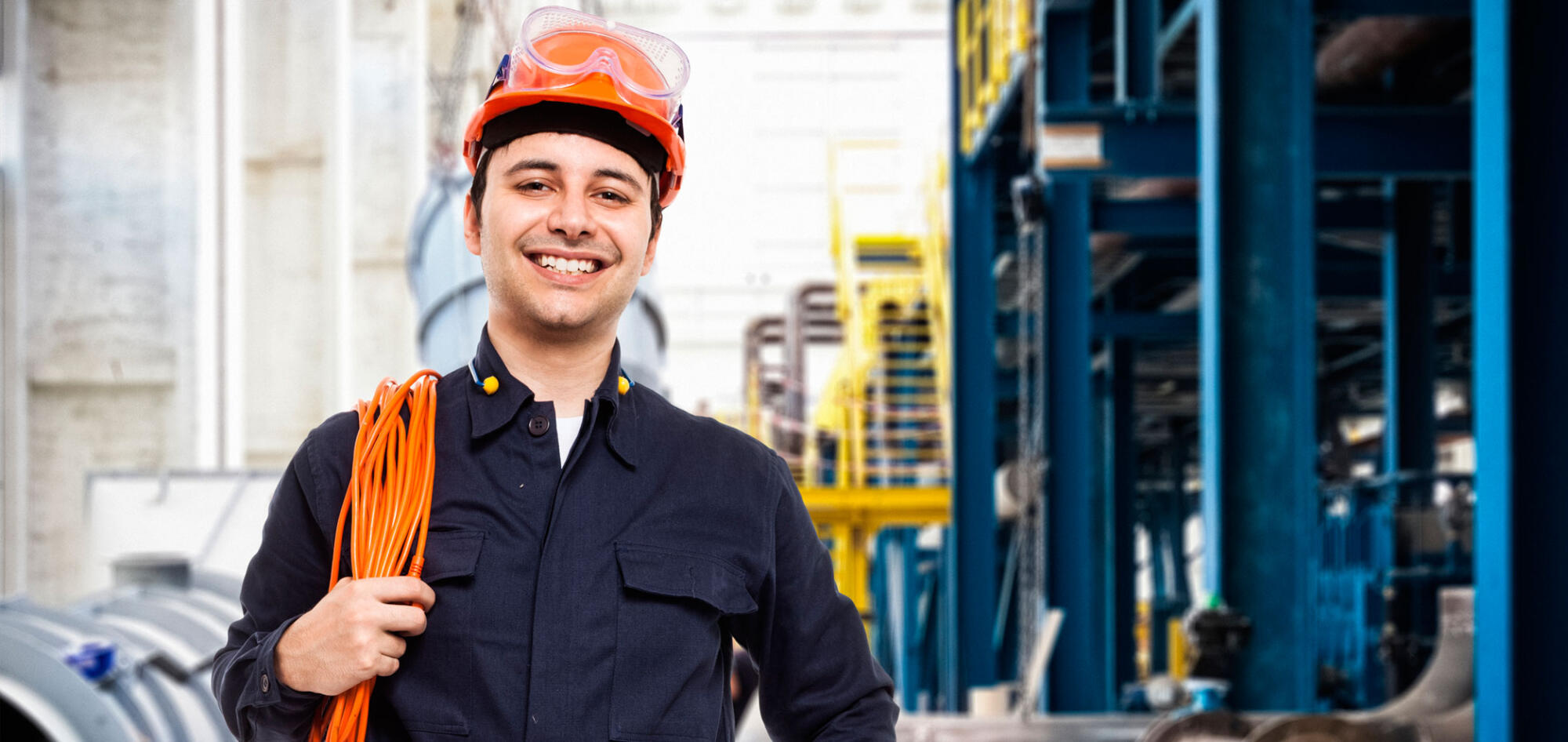If you’re in charge of a construction, renovation, or installation project in your home, compile a list of risks and work to mitigate them. You’ll need insurance to cover the property during the course of the project. Depending on the specifics of the project, you may need builder’s risk insurance. Your homeowner’s coverage isn’t going to cover the property during construction. If you don’t want to carry the financial risk that comes with this type of project, secure builder’s risk insurance.
Homeowner’s Insurance Is for Completed Homes, Builder’s Risk Insurance Is for Homes Under Construction.
It’s as simple as that. Builders risk insurance for homeowner protects the property and you against financial loss resulting from damage to the building’s structure or loss of materials, tools, equipment fixtures, and so on. Most insurance policies carry standard exclusions, such as faulty design, weather damage, mechanical breakdown, employee theft, etc. The damage caused by these events can be very expensive, so make sure you and the builder are able to cover it. You’ll still need to get homeowner’s insurance when the project is finished.
How Long Does Builder’s Risk Insurance Last?
The duration of the insurance policy is three months up to a year. Of course, the length of your builder’s risk policy term depends on the scope of the project. For example, if you’re building a room addition, you’ll need a three-month policy. On the other hand, if you’re building a house from start to finish, you’ll need at least a twelve-month builder’s risk policy term. The insurance company can tailor the policy to your specific project. Coverage may be bound with a simple letter, which details the type of insurance purchased and the policy limits.
If the insurance coverage expires before the completion of the project, this can create obvious problems. Renew the policy while the property is still under construction to protect yourself against unexpected losses. If you don’t know when the coverage ends exactly, read the policy. Any builder’s risk insurance policy has such provisions. Under certain circumstances, the policy can be canceled. It’s important to get a good understanding of the events that can terminate coverage.
The Elements That Have the Greatest Impact on Builder’s Risk Insurance Cost
If you’re curious to know how much you can expect to pay for builder’s risk insurance coverage, know that every policy is different based on factors such as:
- Location. The geographic location of the project affects the price of the insurance policy. Specific aspects that can affect cost include proximity to wildfire states, flood zones, wind or hail-prone areas, and more.
- Type of project. Remodels are the most expensive type of project to insure. You’re covering not only the existing structure but also the remodeled portion. You take risks by making changes.
- Construction materials. It goes without saying that if you’re building a house or remodeling a home with high-quality materials, the costs will be higher. A wood-frame construction, for example, catches fire more easily.
- Duration of the project. If the project takes a long time to be finalized, leaving the site unattended and increasing exposure to different risks, your insurance premiums will be higher. But if you’ll be done in no time, you don’t have to worry about costs.

